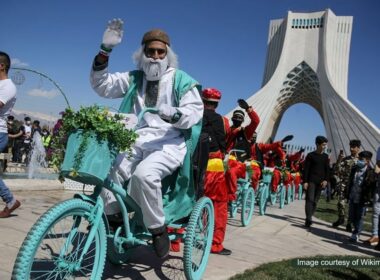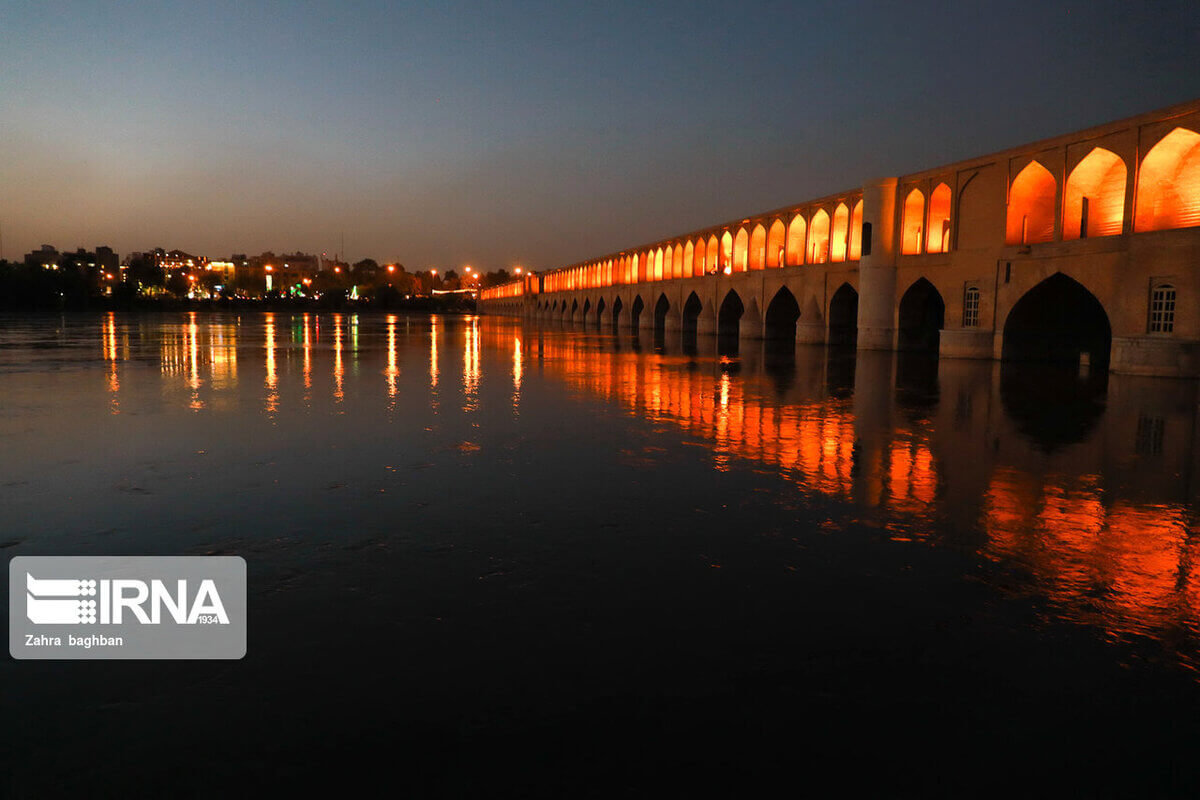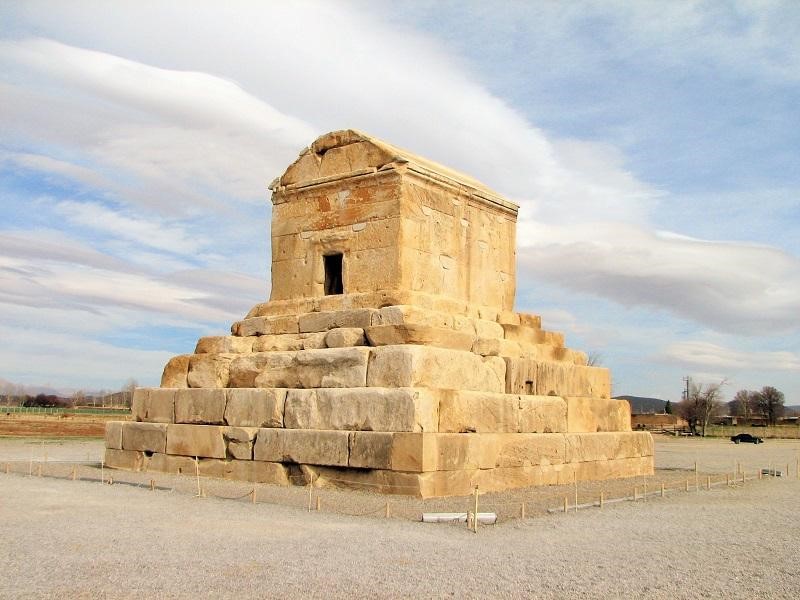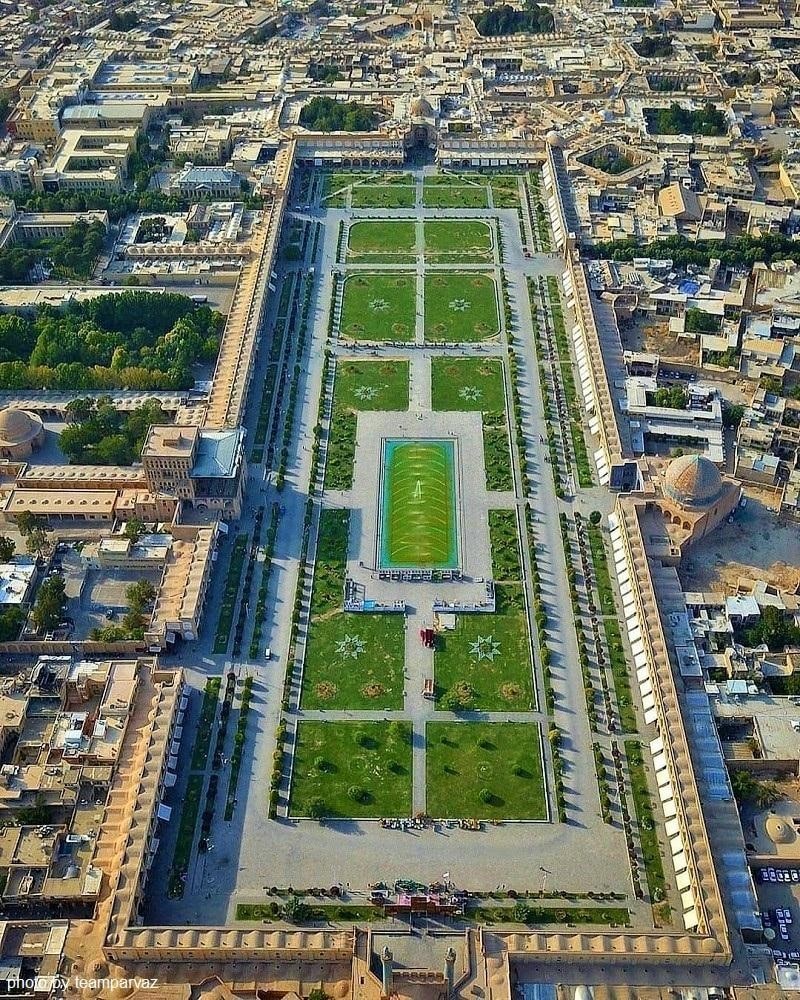
Imam Khomeini Square, Imam Square, or Meidan Emam of Isfahan is the most important landmark in Isfahan tours. In the past, this square was known as Naqsh-e Jahan Square or Shah Square and it has been registered in the list of Iranian UNESCO world heritage sites.
Naqsh-e Jahan Square was built by the order of Shah Abbas I at the beginning of the 17th century. It became the most important square in the city during the Safavid era. Currently, this square is considered one of the most visited Isfahan tourist attractions. Naqsh-e Jahan Square is 160 meters wide and 508 meters long and contains magnificent buildings considered world heritage sites. This UNESCO World Heritage site, along with the surrounding Iranian handicraft workshops, inspires the admiration of all visitors.
The word “Meidan” in Farsi refers to a large area where important events of the city take place. Shah Abbas I ordered the construction of the capital’s main square, three kilometers away from the bazaar and the Grand Mosque, for special purposes. The square was the heart of the city and the place where important events took place. People were informed about new events and news there. Royal decrees were proclaimed to the people in the square. It showcased the economic status, and it was the location for announcing religious decrees.
In the beginning, there was no garden in the middle of Imam Khomeini Square in Isfahan. Instead, they used the large flat area to play Iranian Chovgan (polo). Chovgan goal marks can still be seen in the north and south of this square.
Landmarks in Imam Khomeini Square, Isfahan
There are gates in the middle of all four sides of the square, each accessing a building. Two religious buildings and two non-religious buildings are visible there:
- Imam Khomeini Mosque, formerly known as the Shah Mosque, is located in the south of the square with a blue dome and large tilework.
- Sheikh Lotfollah Mosque is located in the eastern part of the square with high visibility; its dome has a special mustard color, standing tall with no minarets.
- Ali Qapu Palace, a high palace remnant of the Safavid era, is located in the western part of this square.
- Qeysarie Bazaar, the entrance can be seen in the southern part of this square.
In addition to these buildings, there are hundreds of shops and workshops in this square where you can buy souvenirs, handicrafts, and Isfahan’s special goods and commodities. When visiting Isfahan tourist attractions, you should also visit the landmarks of Imam Khomeini Square. The atmosphere of this square is still similar to the one that Shah Abbas had in mind, to show the active economy and hard work of Iranians.
Imam Khomeini Mosque
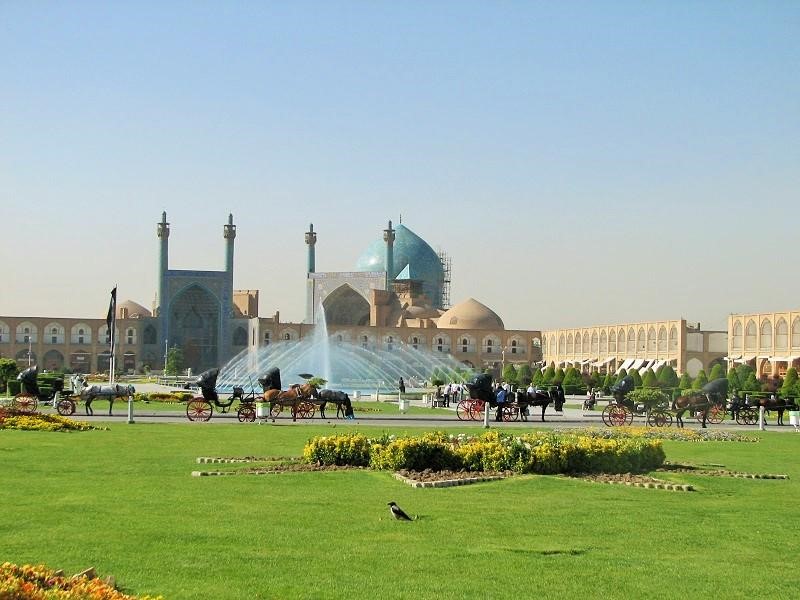
This amazing example of 17th-century Iranian architecture was part of the royal project of Shah Abbas, who wanted to build a Grand Mosque bigger than the Grand Mosque of his time. Azure and turquoise were the most expensive colors and almost impossible to create for most manufacturers, but this was not a problem for the wealthy Safavid court. The abundance of tilework decorations and the quality of the designs used in the facade of Imam Khomeini Mosque in Isfahan fascinates tourists.
Four long Iwans (halls) in the mosque face the central courtyard and a large fountain is also at the center of the courtyard. There are two minarets at the entrance of the mosque and two other minarets at the entrance of the dome vault where the main altar of the mosque is located. The two symmetrical courtyards contain the schools built on the sides of the main dome, and their presence emphasizes the Safavid government’s attention to education.
Sheikh Lotfollah Mosque
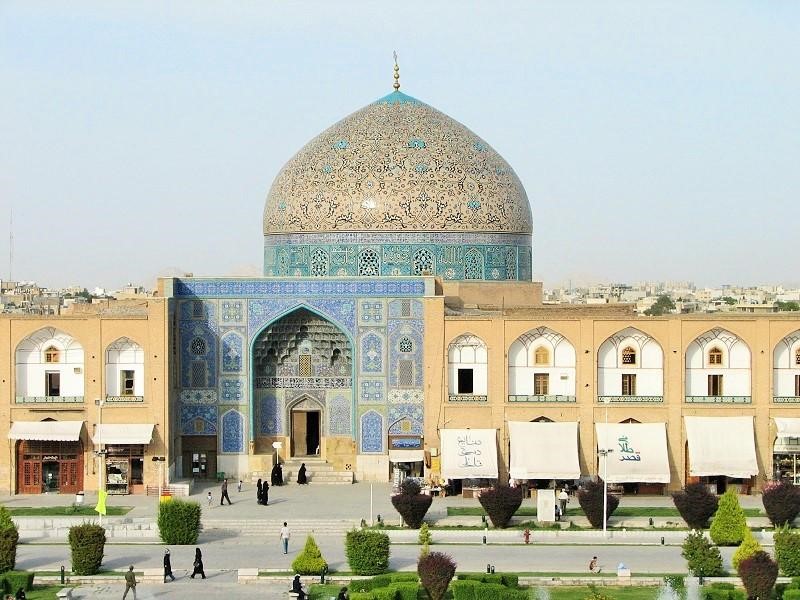
This building is not as large as the Imam Khomeini Mosque. Instead, the beauty of the interior of the dome vault and its decorations and inscriptions are interesting and stunning. The fact that Sheikh Lotfollah mosque has no minaret or courtyard, and was built very close to another mosque shows the main purpose of the building. This mosque was built for the use of the royal family, especially the women of the Shah’s family. Women could go to the mosque from the opposite Aali Qapu Palace, through the underground corridors that passed under the square, and avoid the public gaze.
Aali Qapu Palace
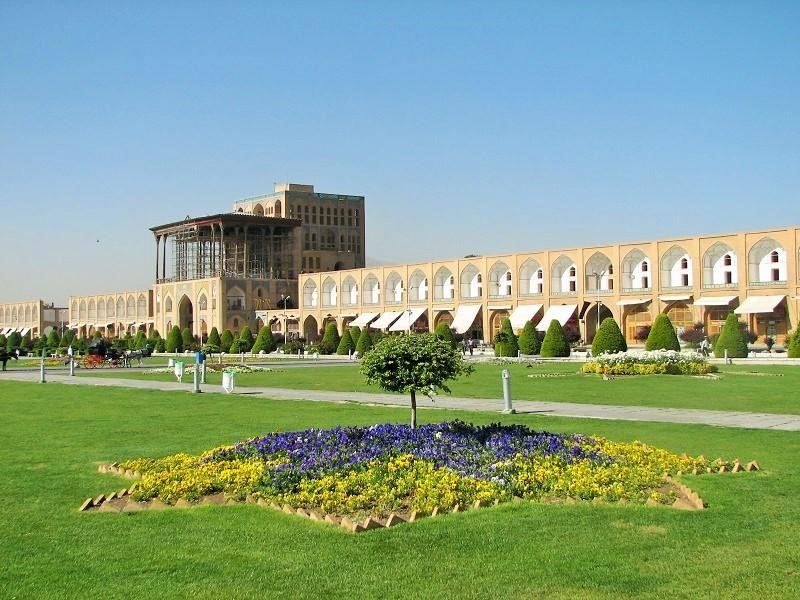
This palace was the residence and administrative office of Shah Abbas I and is located on the west side of Imam Khomeini Square in Isfahan. Shah Abbas received foreign ambassadors, kings, rulers, and other dignitaries in this palace. These elders watched the flourishing economy of the Iranian capital from the high Iwan of the palace. In addition, they could witness:
- Military parades of the Persian army
- Caravans from different cities and their tents
- Local businessmen and their chambers
- Important events in the city center
The Shah’s family lived on the top floor of this palace. On this floor, private rooms were designed for them in a calm and quiet environment featuring acoustic decoration. There were several balconies behind the building, where they could see the royal gardens of Isfahan and have a good command over the Safavid court.
Qeysarie Bazaar
The important thing is that Qeyserieh is a type of bazaar among different Iranian markets. As a result, we cannot limit the Imam Square bazaar to what we see inside this passage. All the shops around the square are part of the Grand Bazaar Of Isfahan. Maybe today there is no difference in shops in this market with the surrounding area, but in the beginning, this market was designed to house shops that sold small but valuable artifacts.
Behind Imam Square, there are passages with many shops and workshops. The bazaar merchants are engaged in business there and offer various commodities as well as all kinds of Iranian handicrafts. The end of the bazaar is connected to the old bazaar, which is three kilometers away from the square and includes many small shops and houses.
Tips for Visiting Imam Khomeini Square in Isfahan
There is no doubt that anyone traveling to Iran likes to visit all the available historical monuments in Iran and the city of Isfahan, especially Imam Khomeini Square of Isfahan. Based on our experience, it is better to visit in the morning and see the landmarks, and spend the afternoon visiting the shops, workshops and other parts.
After the sunset when the square lights are on, you can see the spectacular view of Imam Khomeini Square of Isfahan at night which provides a pleasant atmosphere for the visitors at the end of the day. Around this square, there are also teahouses and traditional restaurants. It should be said that in the middle of the day, many traders close the shops for a lunch break and open up again around 4 pm.
Reserving a day for a thoughtful visit to Imam Khomeini Square in Isfahan will create a delightful memory for travelers, so don’t rush through this tourist destination.
Where is the Naqsh-e Jahan Square in Isfahan?
This square is located in the northern part of Isfahan city and can be accessed by Hafez Street on the east and Sepah Street on the west. You can find the exact location of Imam Khomeini Square in Isfahan below:
Frequently Asked Questions About Imam Khomeini Square, Isfahan
If you did not find the answer to your question here, leave us a comment in the comments section of this post and ask your question. We will answer it as soon as possible.
In what year was Imam Khomeini Square in Isfahan built?
According to some statements, the building of this square dates back to 1601 AD. Of course, some others believe that the final year of construction of this square in its current form was 1636 AD (more than 385 years ago).
Who ordered the construction of the Shah Square in Isfahan?
By the order of Shah Abbas Safavi, this square was built in the place of a garden named “Naqsh-e Jahan”, whose architects were master architects Mohammad Reza and Ali Akbar Esfahani.
Why is the design of Imam Square in Isfahan different from other squares?
The design of Isfahan’s Imam Square includes a combination of all the uses of the market, a government center, and a religious area, while other squares do not have all these elements together.
Similar squares have been built in different cities of Iran, Such as Isfahan’s Atiq Square (Imam Ali Square), Amir Chakhmaq Complex of Yazd, and Qazvin Shah Square.
What is the connection between Isfahan’s Imam Square and the history of the Chovgan sport?
The old stone goal marks left on both sides of Isfahan Square show that in the past, along with markets and various buildings, this square was also a place to play Chovgan.
The goal marks of Naqsh-e Jahan Square are estimated to be the oldest remaining Chovgan goal marks from ancient times. In addition, it is said that all the Chovgan fields in the world were designed and built with the inspiration of this field.



